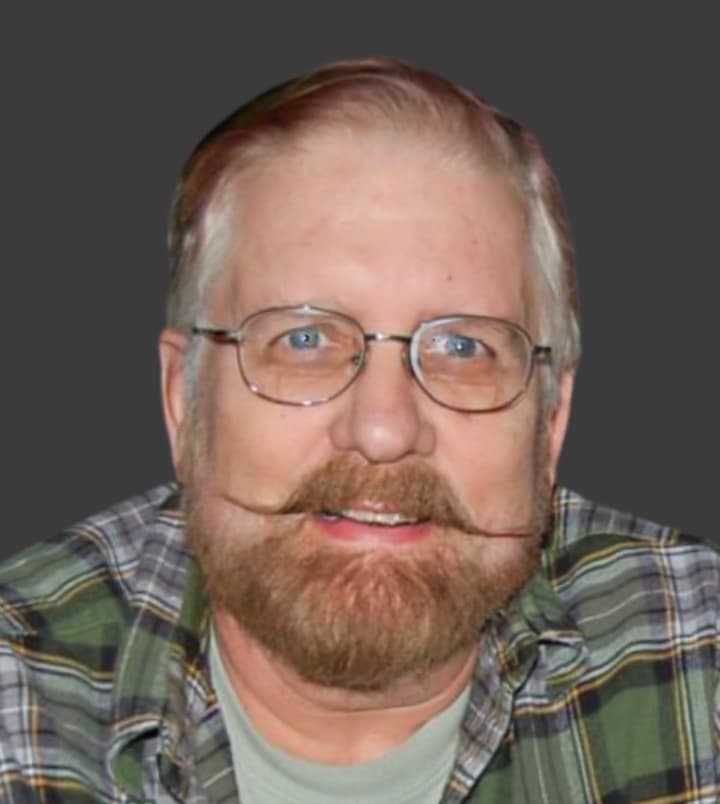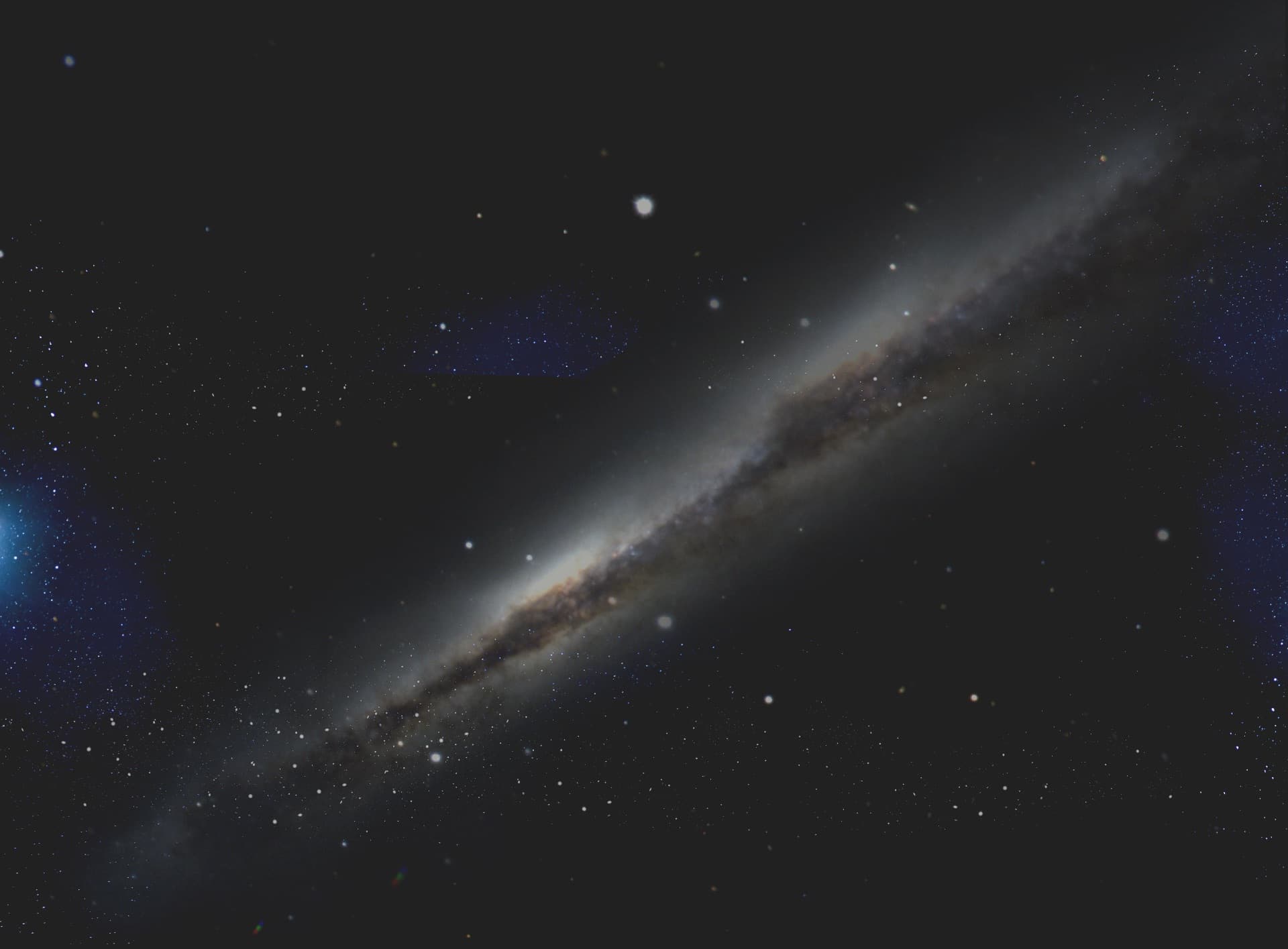Background
Born: June 10, 1949 only a few hours after Antares was occulted by a nearly full moon.
My first observation was the May 6th, 1957 transit of Mercury as a schoolboy in a two room schoolhouse in rural Oakland County, Michigan, when a substitute teacher brought a 1.6” Unitron to school and projected an image the sun. She had the wrong day but the sunspots on the Sun fired me up on astronomy at the age of 8! So to that extend, I was a pre-Sputnik amateur astronomer…by 5 months.
I observed through the 1960s, first with the standard 2.4″ refractor (Tasco) and later with an RV-6 I bought with money earned mowing lawns and washing cars. I occasionally attended evening astronomy classes at Cranbrook Institute of Science though I did not have good grades in school because I spent all my study time with Sky & Telescope or girls. These poor grades led to my being drafted very quickly after graduation but instead I joined the Navy. In the Navy I served as a radar tech. but was frequently called up by the navigators to help identify stars for sextant fixes. (A very early form of GPS!) A high point in my time in the Navy was when my ship was chosen as the Atlantic backup recovery ship for Apollo 8. We were, of course never used but we got to practice a lot with a dummy capsule and had one of the later Apollo astronauts on board.
After the Navy, I sold the RV-6 to a high school girl who was the only one in the whole Detroit area (then 2 million people) that answered the ad. I was surprised to find she lived in my neighborhood and went to school with my sisters. The young girl and her friend called on me to help them start and astronomy club at their school, the same high school I attended. A year and a half later, in 1974, I married that girl, Dolores, and we’re still married. I am committed to a lifetime maintenance contract on the old RV-6!
I joined the Association of Lunar & Planetary Observers (ALPO) and the American Association of Variable Star Observers (AAVSO) in 1975 and have been active, to some degree, in both organizations since. That same year my Dolores and I founded (along with another person) The Sunset Astronomical Society in Midland, Michigan. It is still going strong today.
In 1979, I was hired by Warner & Swasey Obs. (Case Western Reserve Univ.) to operate their Burrell Schmidt telescope being moved from Cleveland, Ohio to Kitt Peak. I worked there for 12 years until the grant was terminated. In 1982 Walter Haas (Director and founder of the ALPO) asked me to found the Solar Section, which I did. (early history at: http://www.alpo-astronomy.org/solarblog/?page_id=209) I left that position in 2004 after one full magnetic solar cycle as Recorder/Coordinator. Hearing of my retirement the ALPO reinstalled me as Coordinator of the Solar Section in 2016. The sun’s instant reaction was to hide all the big sunspots!
In 1992, when Warner & Swasey’s Nat’l Science Foundation grant failed to get renewed I began work with the Planetary Atmospheres and Planetary Occultations groups at the Lunar & Planetary Lab of Univ. of AZ. In these groups I worked with every planet in the solar system and many of the moons. That job lost its funding in Dec. 1999 (common problem in this business) and 20 minutes after being informed of this I was picked up by Steve Larson for work with the Catalina Sky Survey (CSS), an Near Earth Asteroid search project, from which I retired in Oct. 2015. With CSS I have been enjoyed some of my greatest observing challenges but the rewards were high. I discovered thousands of asteroids some that have passed closer than the moon, 27 comets and named a over 120 asteroids.
Now I am working on astronomy at my home observatory, fossils I’ve collected over 35 years, my bonsai trees, vegetable gardens and the taking in rescue cats.

